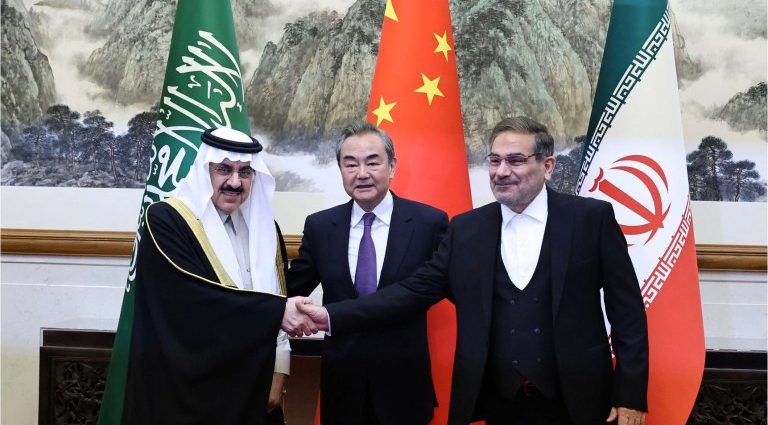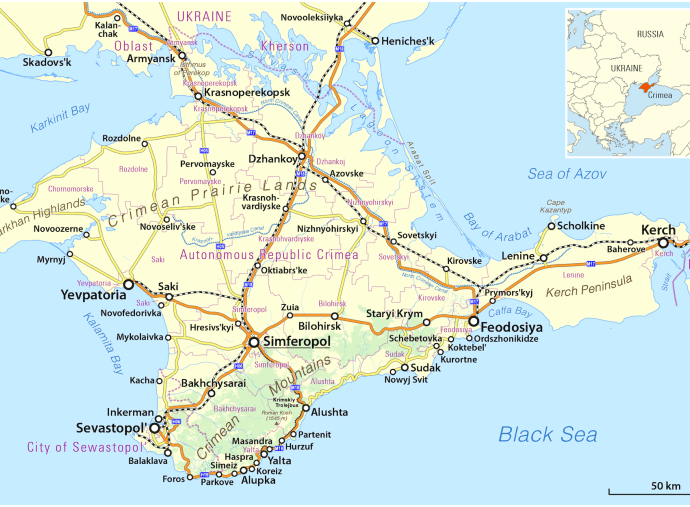Saudi nod to China opens post-American Gulf era

The fact that Saudi Arabia entered a rapprochement deal with Iran and chose China to broker it came as a surprise to many international observers. The agreement, officially called the Joint Trilateral Statement, was signed in Beijing on March 11 and begins the process of restoring diplomatic ties between Riyadh and Tehran. Those ties were […]Continue Reading















